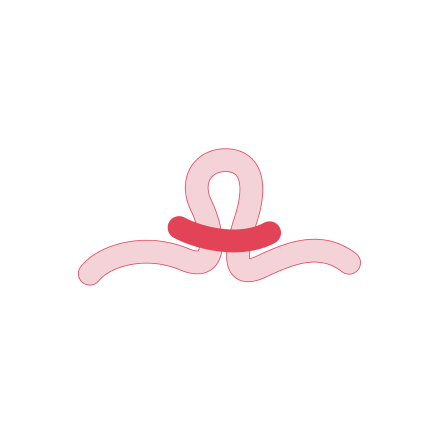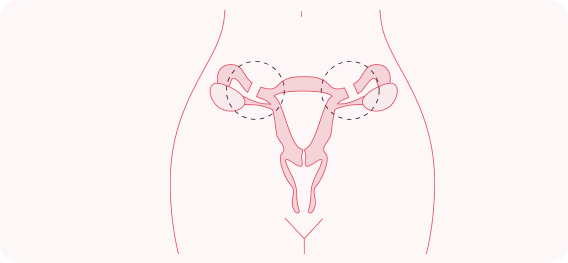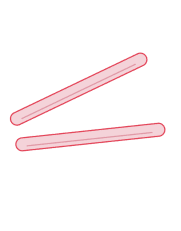Sterilisation is a permanent method of contraception that works by stopping the eggs and sperm meeting. It is suitable for wāhine/women+ who are sure they never want children or who do not want more children. It is called Tubal Ligation, sometimes called “having your tubes tied”.

Tubal ligation is a surgical procedure where the fallopian tubes are either closed or cut and tied to stop sperm from reaching an egg to fertilise it.
Tubal ligation is a permanent contraception to prevent pregnancy. During the surgery the fallopian tubes are cut or blocked. This makes it impossible for sperm to meet an egg and cause pregnancy.
There are two types of procedures, laparascopic and mini laparotomy.
Tubal ligation can also be performed at the time of ceasarean or C-section.

This is carried out in hospital. This is the most common procedure. Here’s how it works:
Sometimes, a different procedure called mini-laparotomy is used if laparoscopy isn’t possible. This might happen if there’s scarring or medical conditions such as endometriosis.
Here’s how it works:
You will need to see your doctor or a specialist (gynaecologist) to find out more about tubal ligation and what services are available in your area.
For the most part, tubal ligation is a safe procedure with very few complications. Most people have no problems after a tubal ligation, however thereir is a small risk of:

Note: Wāhine/women+ includes consideration of whānau and social context and is intended to be inclusive of gender diverse people who share some of the health needs of women but do not identify as women. (RANZCOG, 2022)
The development of this website was supported with an educational grant from Bayer.
Copyright © Protected&Proud. All Rights Reserved.
A non-hormonal (Copper) IUD is a small, T-shaped plastic device which contains copper. It is put into the uterus (womb). A Copper IUD does not contain hormones. The copper IUD can also be used as an Emergency Contraception.
LASTS FROM 5 TO 10 YEARS | PLACED IN THE UTERUS | EFFECTIVE IMMEDIATELY | EMERGENCY CONTRACEPTION – UP TO 5 DAYS AFTER SEX
A Hormonal IUD is a small, T-shaped plastic device, which contains the hormone progestogen to control your fertility. The device is put into the uterus (womb).
HORMONES | LASTS FROM 3 TO 5 YEARS | PLACED IN THE UTERUS | EFFECTIVE IN 7 DAYS

Two small, flexible plastic rods that are placed just under the skin in the upper arm. The implant releases the hormone progestogen to control fertility.
HORMONES | LASTS UP TO 5 YEARS | PLACED IN THE ARM | EFFECTIVE IN 7 DAYS